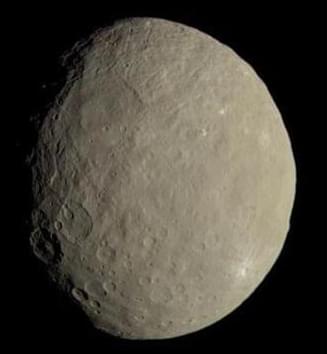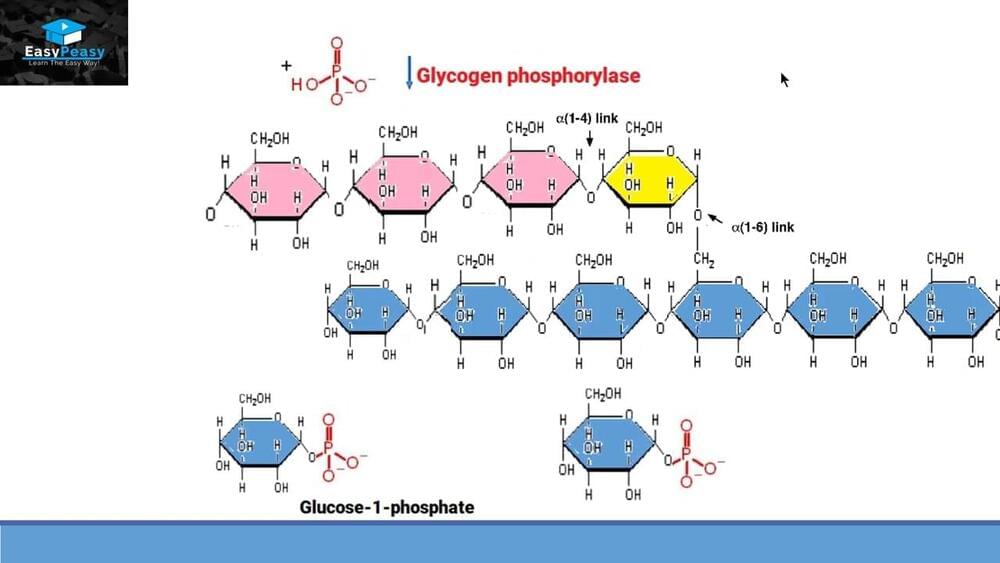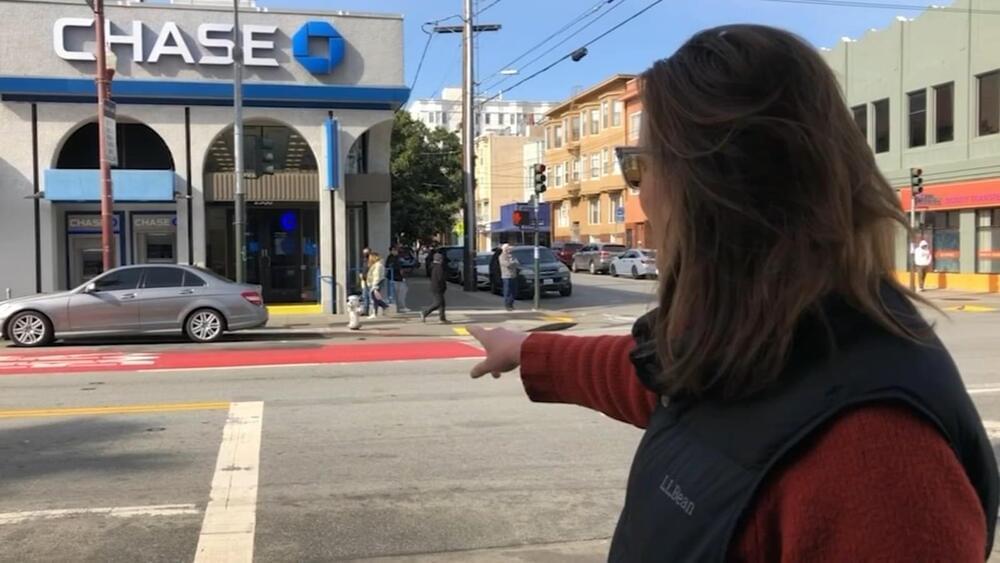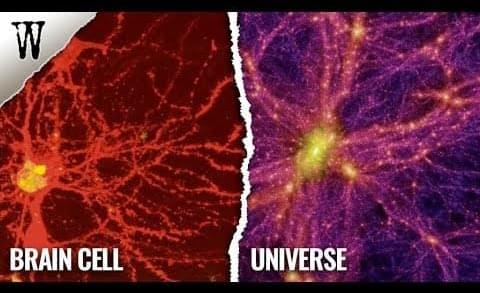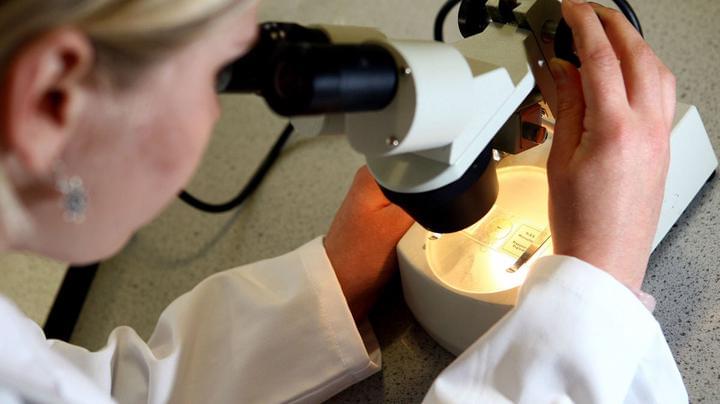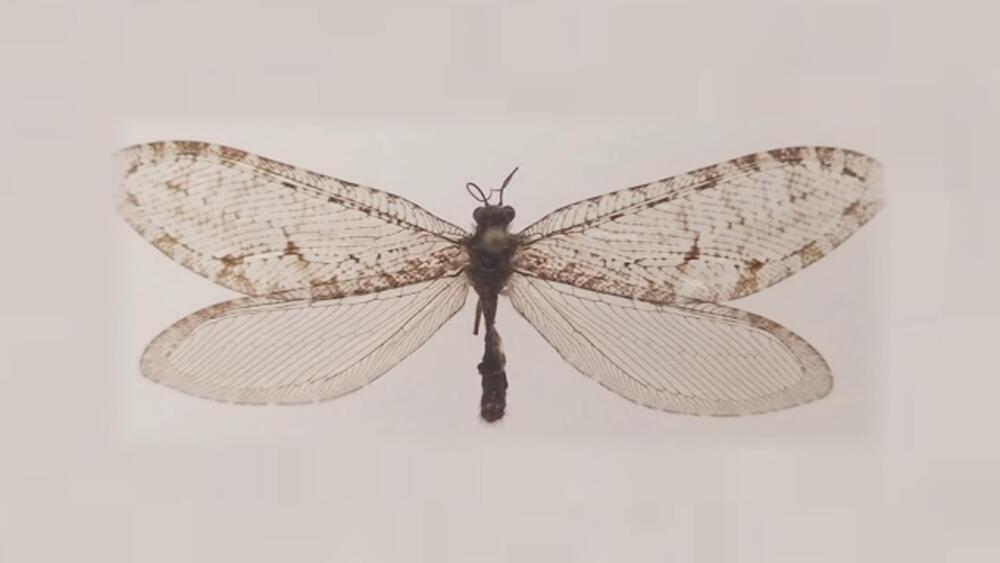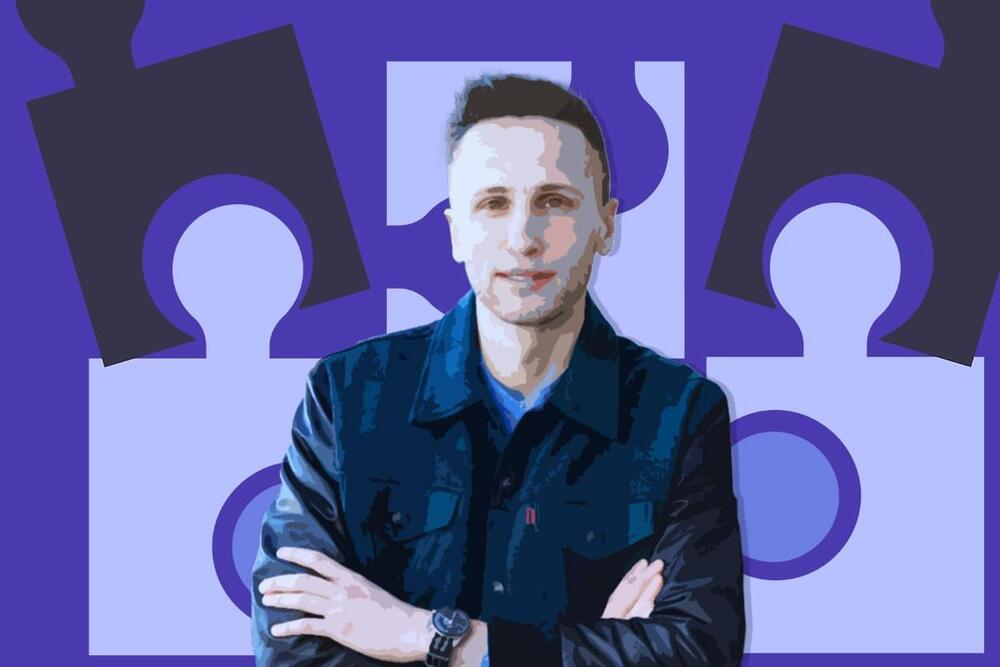Astronomers interpret the spectra of 10 well-known dark asteroids and find them to be water-rich like the dwarf planet Ceres.
Thank You For Watching.
Please Like And Subscribe to Our Channel: https://www.youtube.com/EasyPeasyLearning.
Like Our Facebook Page: https://www.facebook.com/learningeasypeasy/
Join Our Facebook Group: https://www.facebook.com/groups/460057834950033
Support Our Channel: https://www.patreon.com/supereasypeasy
Do you use the “tap” function on your debit card at ATMs? There’s now a new kind of scam — here’s how to avoid it:
Artificial Intelligence (AI) is unarguably the most exciting field in robotics. And humanoid robots, robots resembling the human body in shape, are one of the most popular forms of AI. However, a lot of work, finances, and research are put into making these humanoid robots.
The field is already crowded with a number of companies with interesting projects, such as Boston Dynamics’ Atlas robot and Tesla’s much-hyped Optimus prototype designed to be “general purpose.”
This week, an AI Robotics startup, Figure, has unveiled Figure 1, the world’s first commercially viable general-purpose humanoid robot. The company says this humanoid will have the ability to think, learn, and interact with its environment.
“People on metformin have 30% lower rates of almost every kind of cancer. It delays cognitive decline. Even people with diabetes who are obese and have more disease to start with but are on metformin have lower mortality rates than people without diabetes who aren’t on the drug.”
What he says is born out in numerous studies. Overall, this safe, super-cheap, decades-old drug not only treats diabetes, but it also seems to delay and compress the years of chronic illness associated with the final stage of life and extend what geroscientists call the “healthspan.”
Metformin is just one of many medications, including other old ones and some brand new inventions, that academic researchers and biotech startups are exploring to slow, stop, or perhaps even reverse aging.
► Twitter: https://twitter.com/weirdworldtv.
► Subscribe to Weird World: http://bit.ly/WeirdWorldSub.
NEW VIDEOS EVERY FRIDAY & SATURDAY!
#universe #weirdworld #science.
From the smallest atom to the largest galaxy, everything in the universe obeys the laws of physics, where our brains are made of the same atoms and molecules as the rest of the universe. So could we take this theory further and ask whether consciousness could be part of the underlying fabric of the universe. Humans have also managed to extend this to the internet where there is an eerie pattern between the universe the brain and the internet where experts have been asking the question whether the internet could one day develop its own consciousness. Maybe in the distant future all three will unite into one giant mind. Humans have always been fascinated with the thought that the universe somehow reflects us and whether the universe could be a giant brain. Let’s delve deeper into the trinity that is the universe, the brain and the internet.
Credits:
https://www.cbsnews.com/news/universe-grows-like-a-giant-brain/
Your Brain, the Internet and the Universe Have Something Fascinating in Common
Music From AudioBlocks.com, Pond5.com.
Researchers hope KRAS test can serve renewed function as soon as possible Scientists have found an existing gene test frequently used on the NHS can also shed light on whether a bowel cancer patient will respond positively or negatively to chemotherapy. Researchers from The Institute of Cancer Research, Imperial College London and the Netherlands Cancer Institute have found the KRAS test can have use beyond its current function of predicting how patients will react to cancer drug cetuximab.
An insect has been identified as the species Polystoechotes punctata, which belongs to a family of insects that predates the dinosaurs.
Can The Present Affect the Past
Posted in health
An exploration of the ideas of physicist John Wheeler and how it may be that events happening in the present, fix events that happened in the past and that the whole of time in the universe is an exercise in it creating itself.
My Patreon Page:
https://www.patreon.com/johnmichaelgodier.
My Event Horizon Channel:
https://www.youtube.com/eventhorizonshow.
Music:
While the mental has often played second fiddle to the physical when it comes to longevity research, this is changing – and not a moment too soon.
The physical and mental aspects of aging are interconnected, and given the strong connection between psychology and the physical pace of aging, poor mental health is starting to be recognised as a major driver of aging.
A raft of developments have demonstrated that physical lifespan and healthspan can be extended and improved, and now it is time for the longevity industry to achieve similar success when it comes to mental health. Sergey Jakimov, the CEO of Swiss investment group LongeVC agrees, and tells us why it’s time for VCs to get excited about backing startups delivering cutting-edge solutions for mental healthcare.
